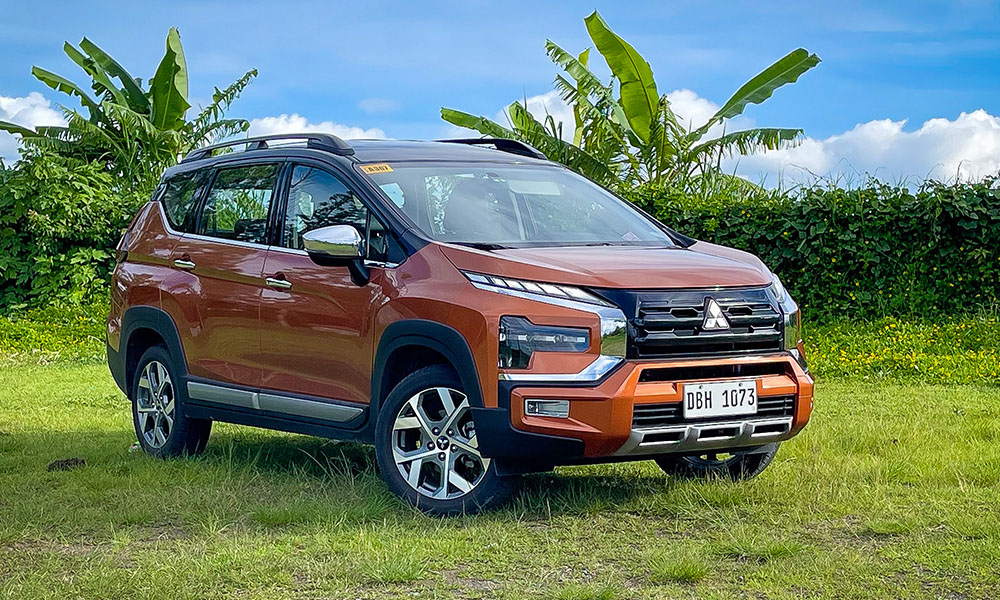
For a shoot back in 2020, I was part of our team that made a sponsored video for the Mitsubishi Xpander Cross. Back then, I was the designated driver, taking the vehicle to Clark where we took videos of it. A key takeaway was that it sat higher than a regular Xpander at 225mm of ground clearance.
Then, in 2022, I also was part of the team that attended the exclusive media drive of the refreshed Xpander. Aside from looking better than the older models, the new one has another ace up its sleeve—the same ground clearance as the older Xpander Cross.
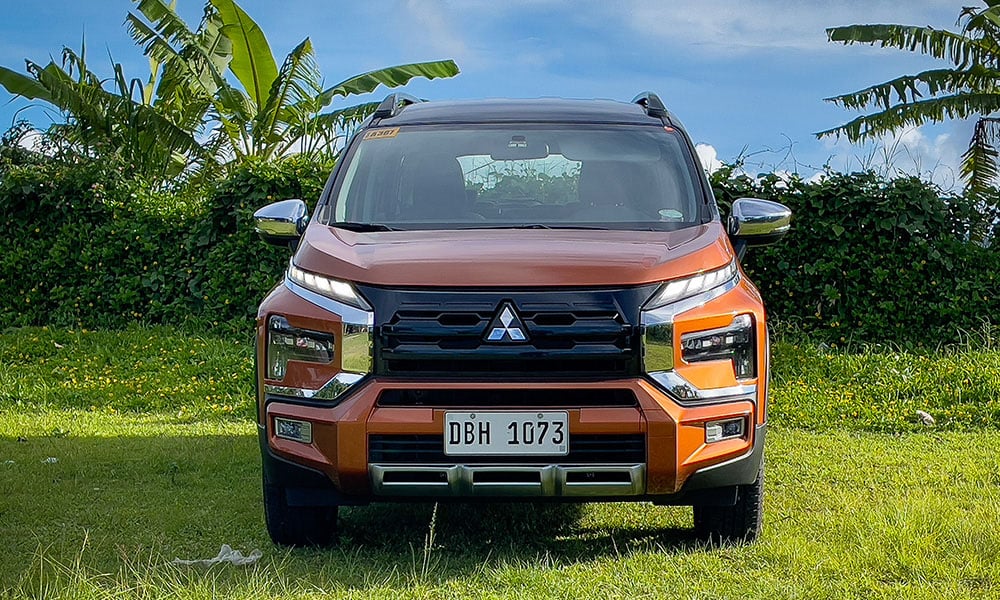
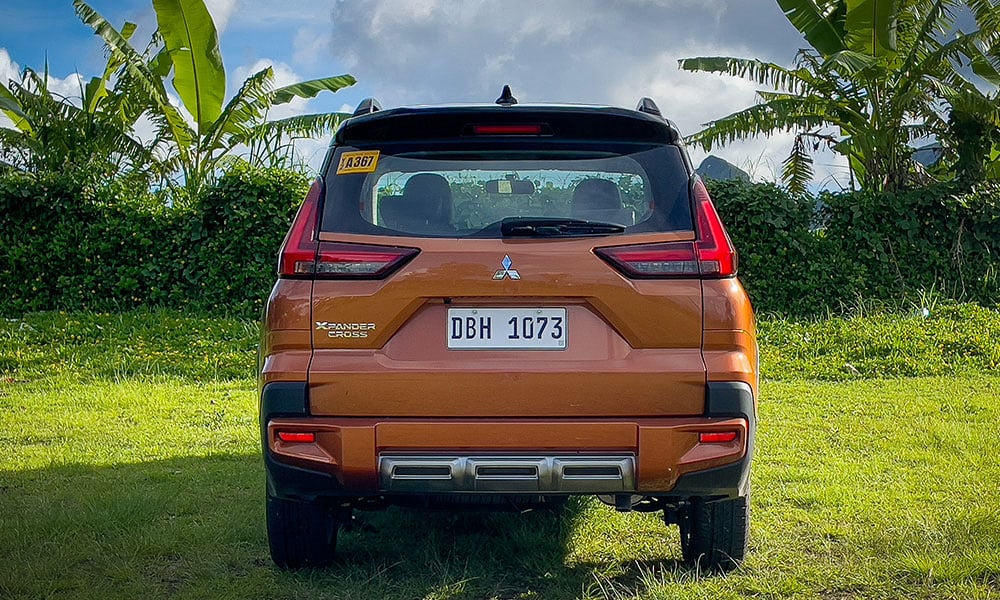
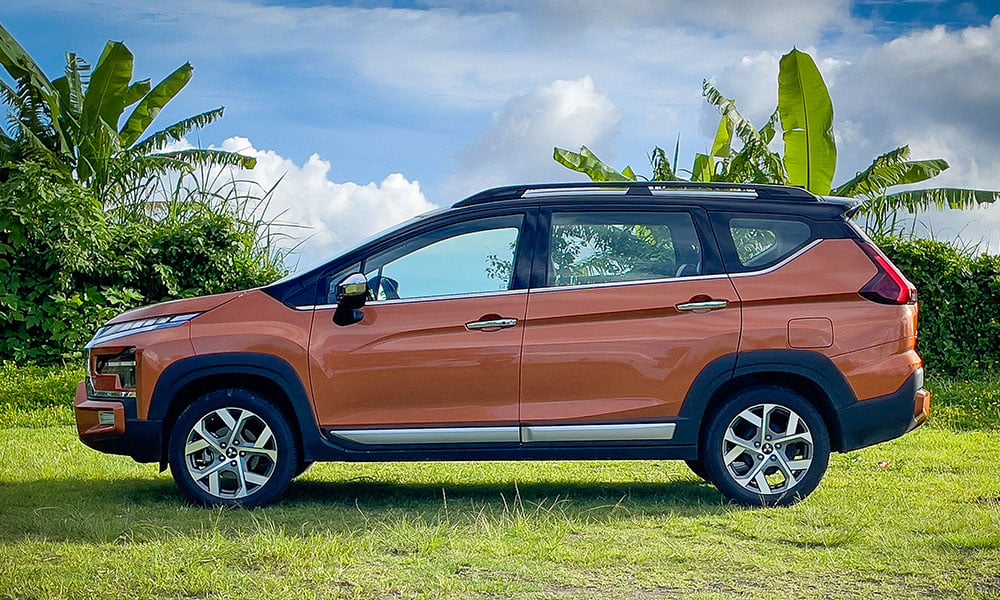
What I’m saying is that I’ve had a lot of time with Xpanders for the past few years. That said, I wondered what the then-upcoming Xpander Cross’ unique selling feature would be this time.
Would it sit even higher? What features would be added? Or would it be just a prettier version of its MPV twin? When Mitsubishi Motors Philippines finally launched the refreshed Xpander Cross, what we saw were the obvious changes in the exterior.
So, I was genuinely curious as to what makes it better than the old one and the regular versions of the Japanese automaker’s popular MPV. Does familiarity always breed contempt? Thankfully, MMPC lent me one, still in its attention-grabbing orange finish so I could find out.
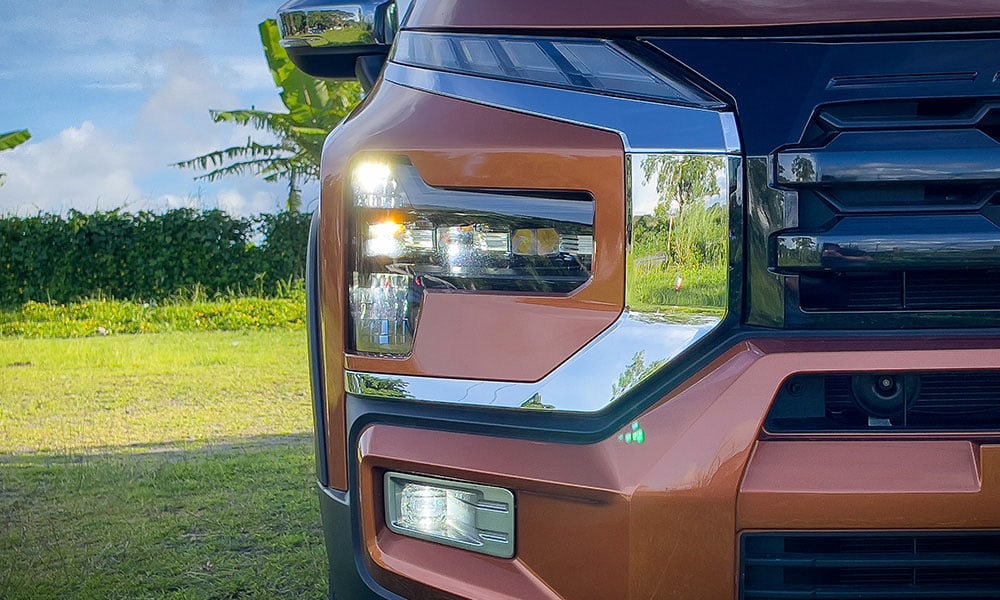
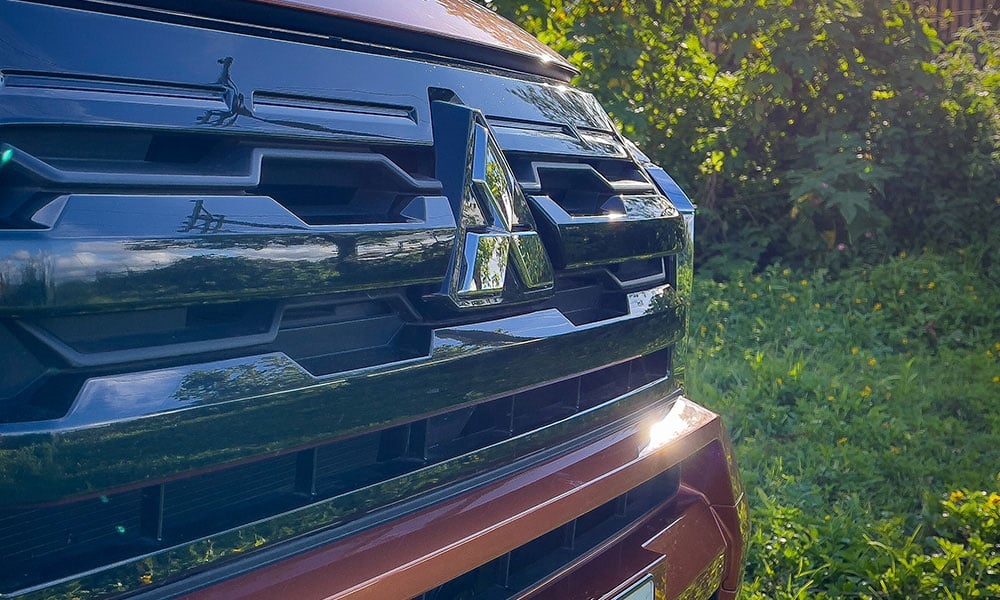
Let’s start with the exterior changes. The new Xpander Cross, like its MPV twin, looks way better now. Carried over are the T-shaped headlights of the regular Xpander, flanking the restyled grille that I like. Good thing Mitsubishi ditched the tacky badging on the hood lip of the previous version.
The front bumper has been redesigned, too, with the LED fog lights now relocated further out on the sides. The front end has a tougher aura, so you won’t mistake it for your usual mom mobile.
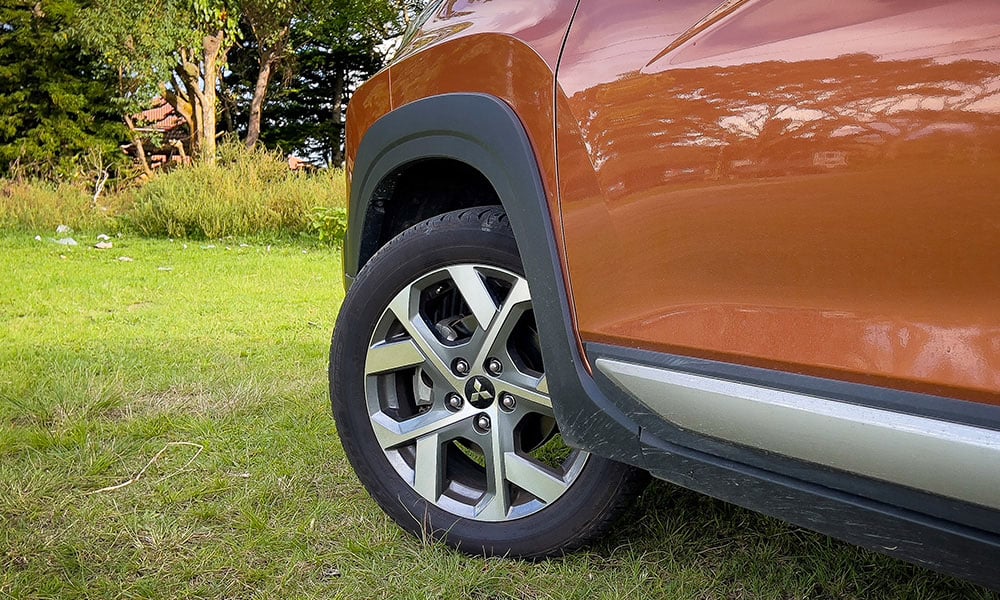
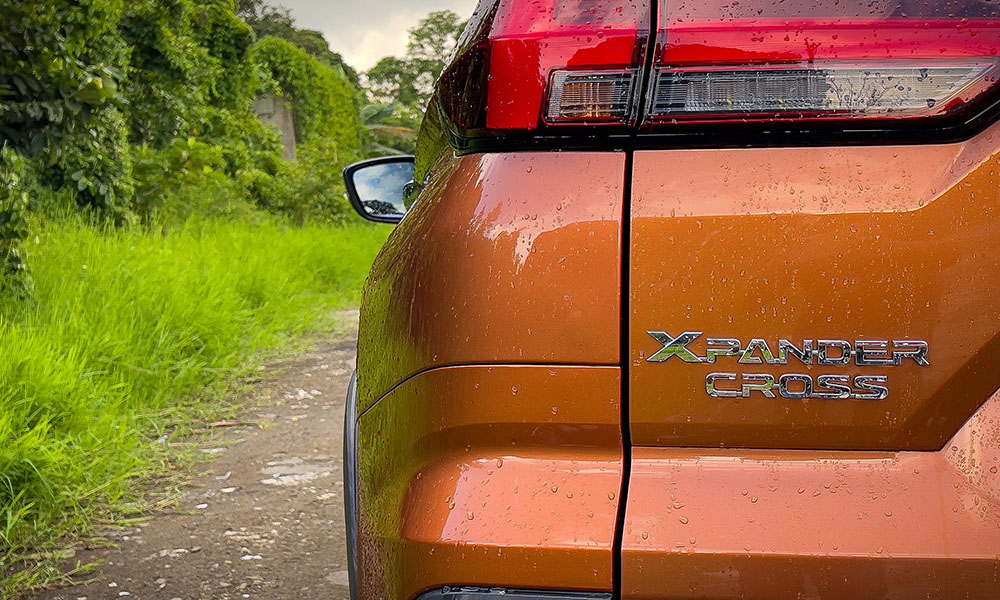
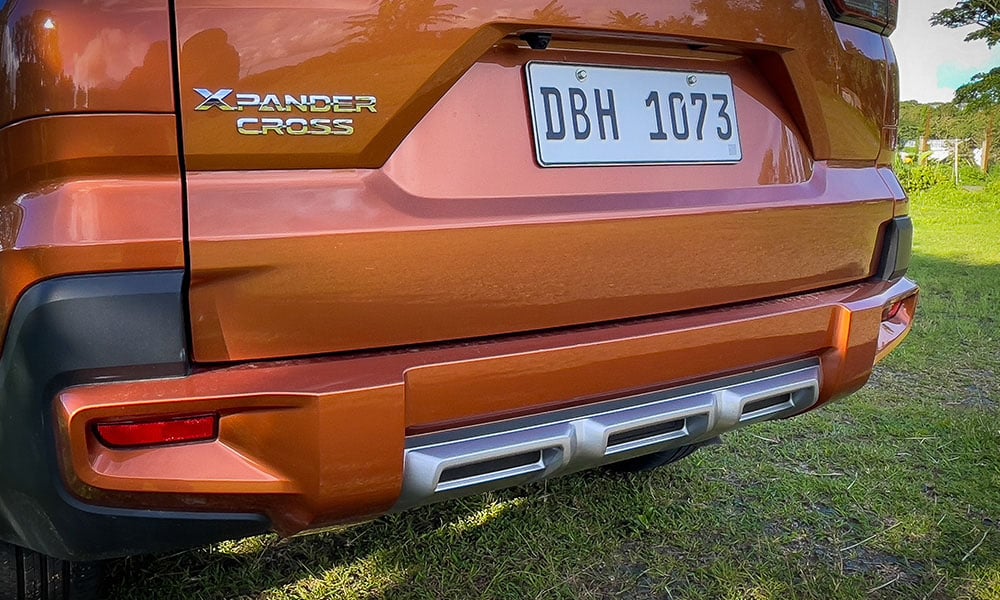
Over-fenders have also been restyled, as well as the body cladding on the doors and the running boards. The best upgrade has to be the redesigned 17-inch rims. I’m just not a fan of the loud Sunrise Orange Metallic paint job. Others like it, especially now that the roof has been blacked out, which is available in two of the four color choices. If I were to get one for myself, though, I’d get the one in Graphite Gray Metallic.
The back also gets the new T-shaped taillamps and the new and better-looking badging. Sadly, it loses the rear fog light, giving some bonehead drivers another excuse to use their hazard flashers in heavy downpours.
Speaking of downpours, this new Xpander Cross still has a 225mm ground clearance. So, even though it hasn’t changed, it still rides high. This makes it capable to ford your usual gutter-deep floods. But these subtle changes are enough for you to recognize the new vehicle over the one it replaces.
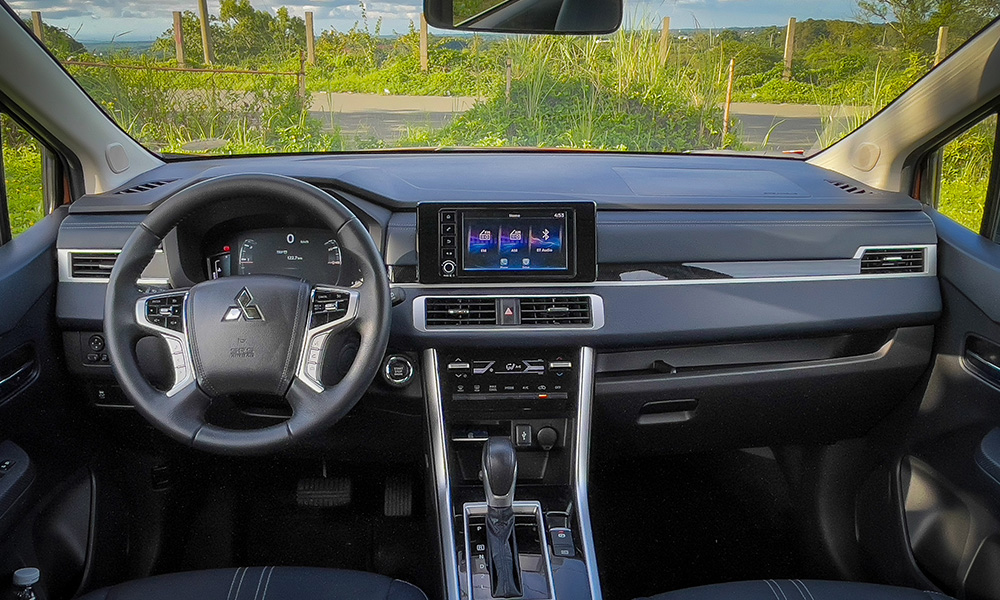
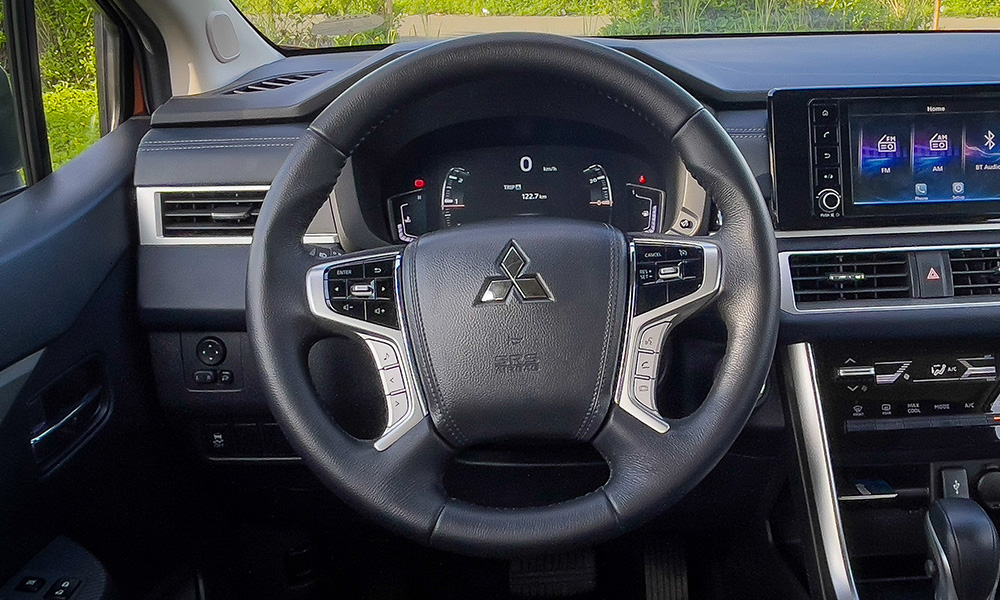
Inside, the meaty steering wheel is a joy to hold, but the same can’t be said with the buttons on it. The most commonly used ones are placed too far from each other, making operating them a bit awkward. The seven-inch fully digital instrument cluster is slightly configurable, but is very good-looking.
The new design of the fabric seats is also fresh for this face-lifted model. Aside from those, everything that you see inside is carried over from the regular, refreshed Xpander.
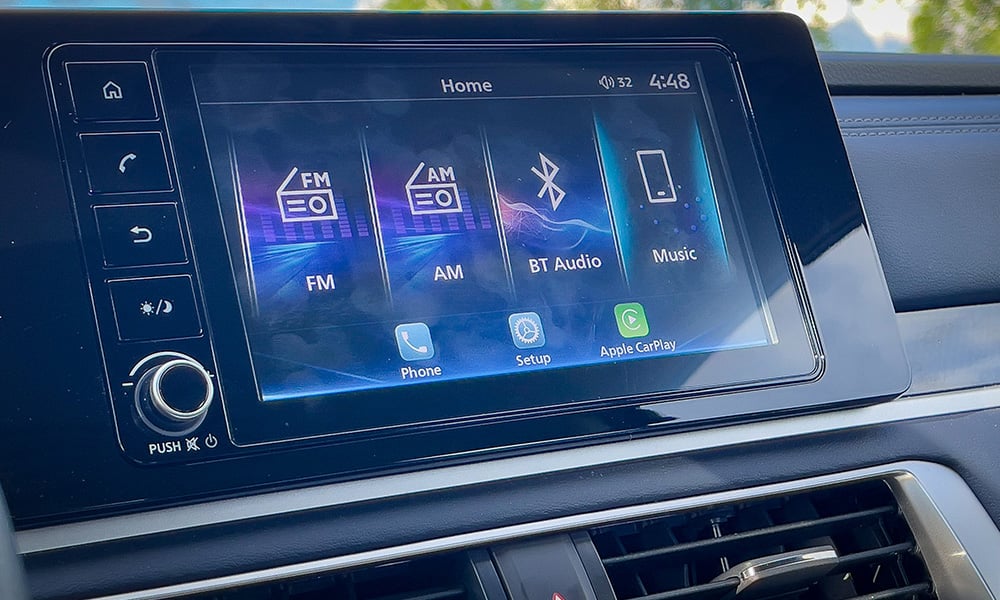
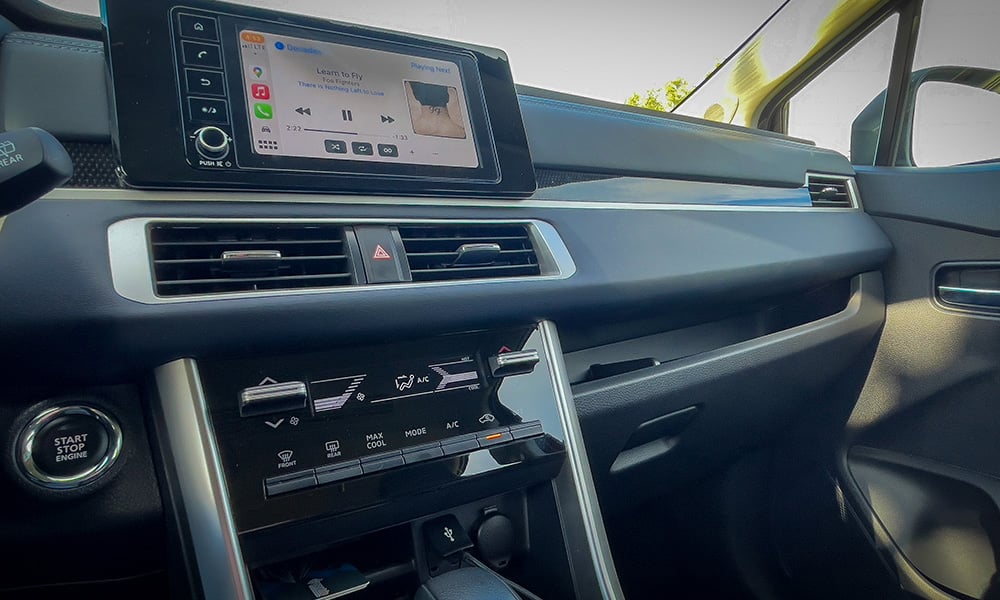
Doing duty under the hood is the familiar 1.5-liter four-cylinder engine. It still makes 103hp and 141Nm, and is paired with a four-speed automatic. The transmission choice is archaic by modern standards, especially when most of the rivals have now shifted to CVTs.
To be fair, it can pick up speed quite quickly, but at the expense of poor fuel efficiency. This is because the gear ratios are a little too short. The rev counter is saying that the engine is doing 2,000rpm at 80km/h—just like how my old diesel Innova would.
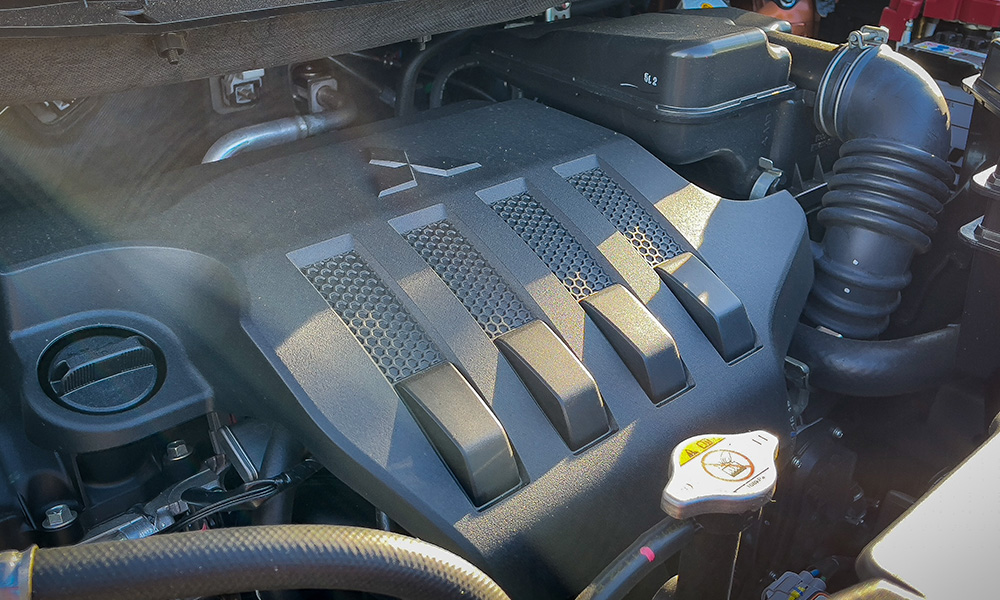
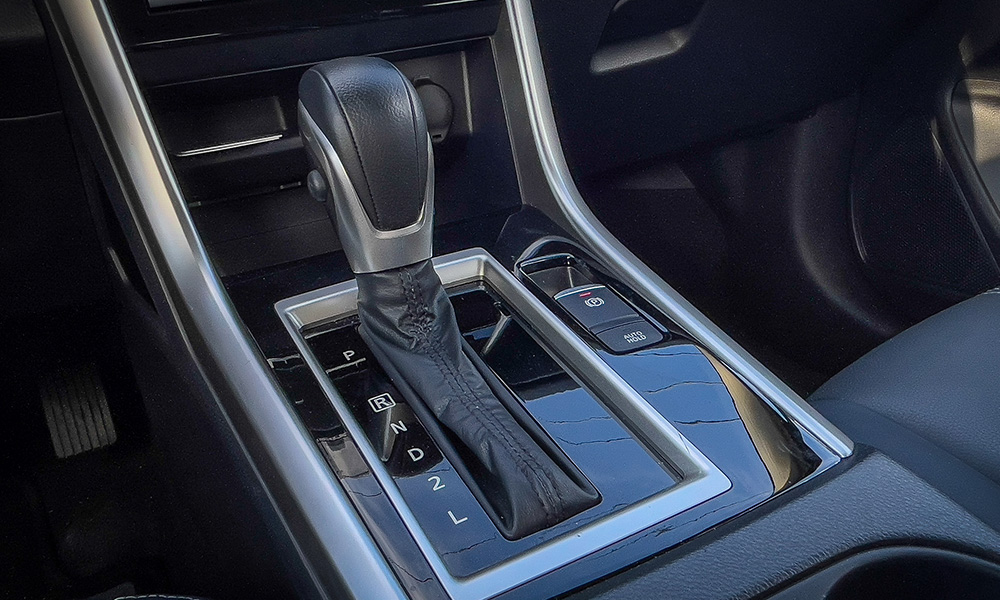
The rev-happy engine would happily roar as the revs rose, but that same enthusiasm isn’t transmitted to the front wheels. This means the powertrain still accelerates quite slowly, not doing much more than burning more fuel than necessary. Since it’ll be mostly used in the city hauling groceries and family members, the powertrain is more than enough for its intended use.
A CVT in Mitsubishi’s parts bin could fit the Xpander Cross. After all, the Indonesian model sports one. But the choice of engine and transmission somehow still makes sense, especially since there’s still a big question about the CVT’s reliability—at least here in the Philippines.
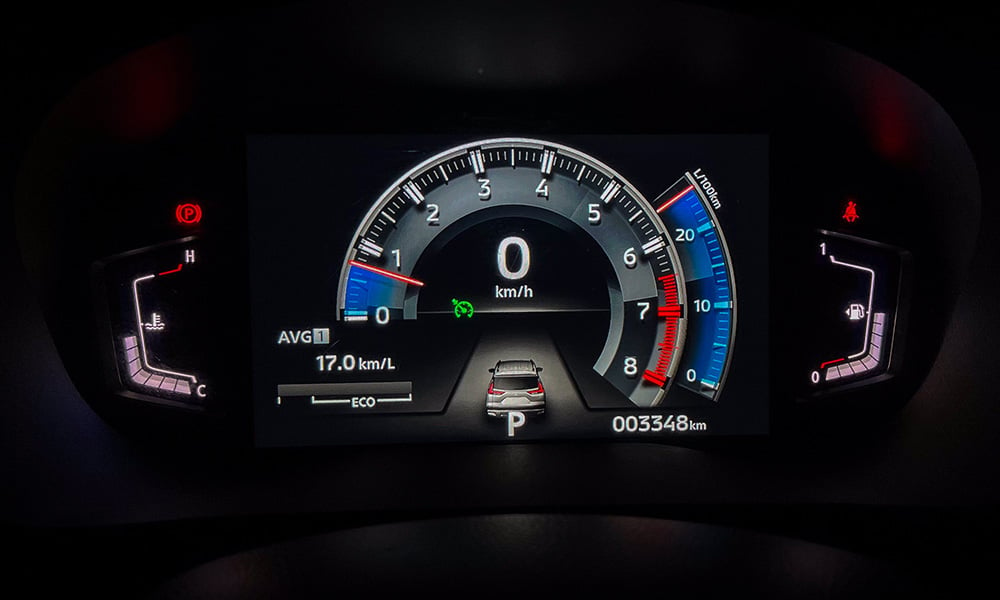
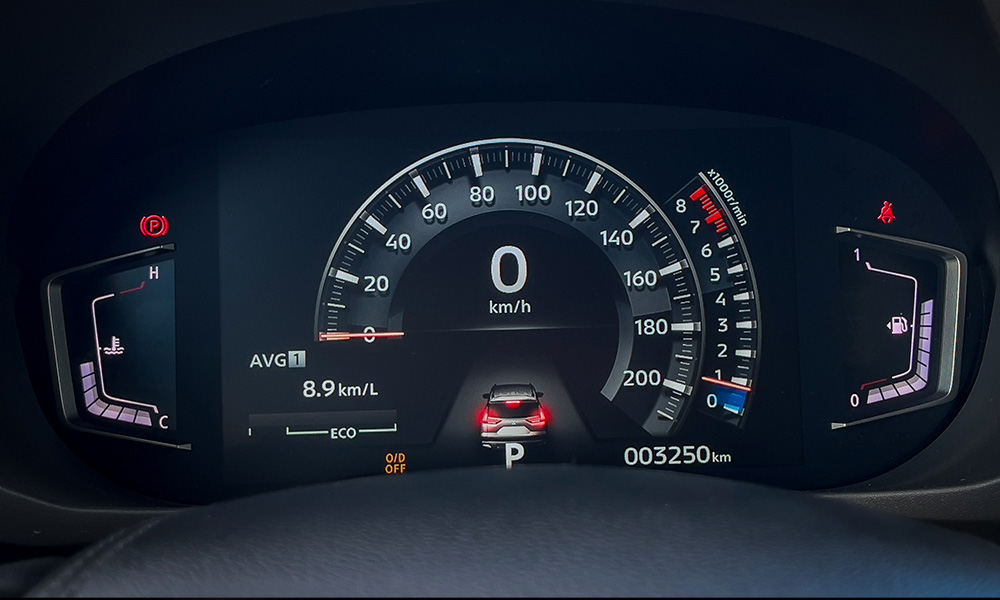
You may think that the Xpander Cross gulps fuel, but it doesn’t. Drive with civility and it’ll return 10km/L in the city and as high as 17km/L on the highway. That’s before bad city traffic brings it down to a rather decent 8km/L.
Note that I was almost alone driving the car for the entire time the unit was with me. But filling it up to full capacity shouldn’t hurt your fuel efficiency that bad. You just need a lot of patience, and to give the vehicle time to pick up its pace.
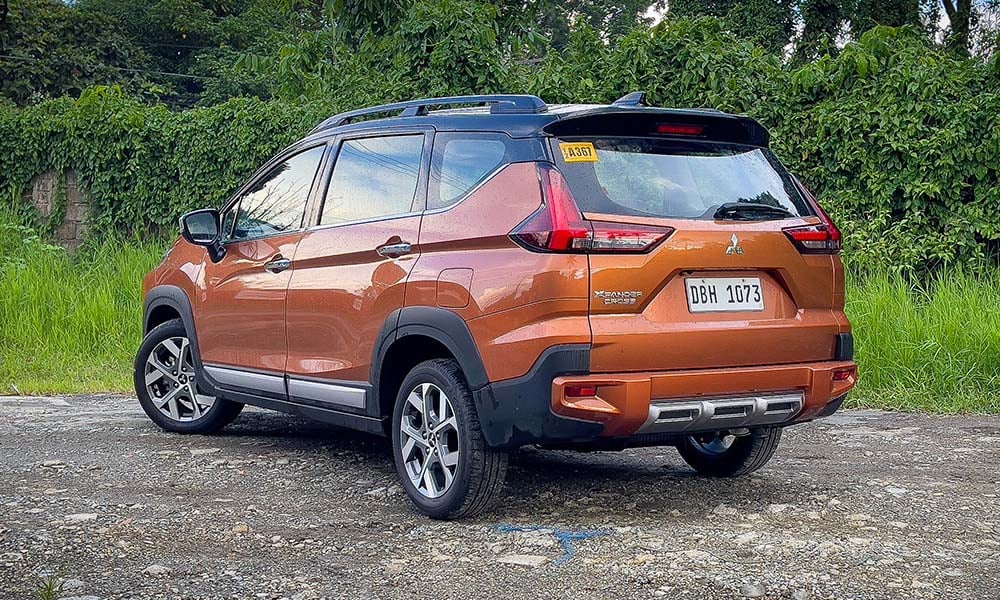
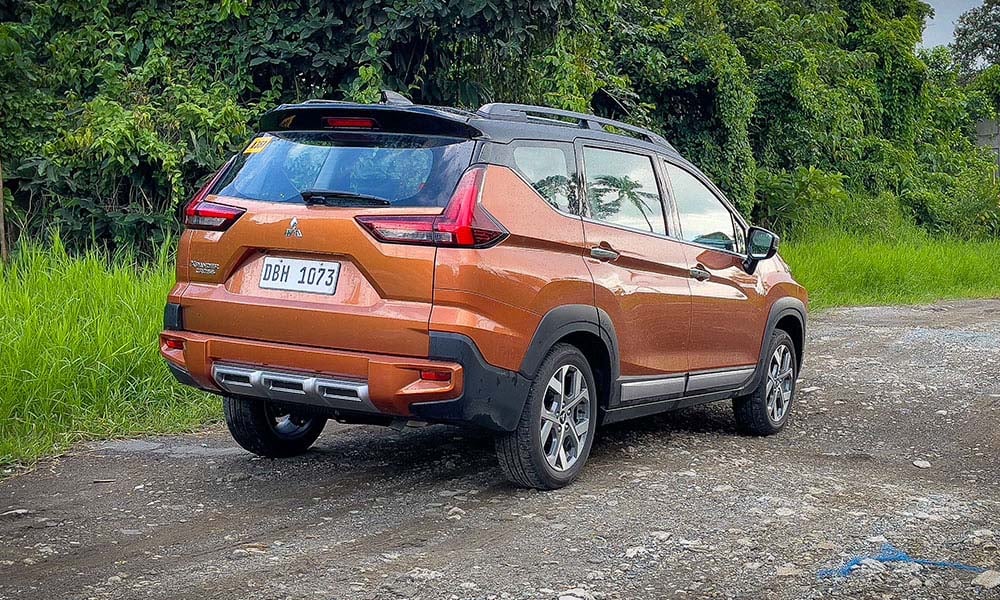
I’m unsure if it’s the old test unit’s mileage or if the new one somehow rides harsher. It’s still pretty much comfortable, especially when you have the seats on all three rows filled up. But this also makes the Xpander Cross feel more planted on the road, especially when you attack corners at speed.
The new Xpander Cross is the best that the first-generation model could be. But at P1,328,000, it is also the most expensive seven-seater small MPV on the market today. And with the very few upgrades, does it merit such a price tag?
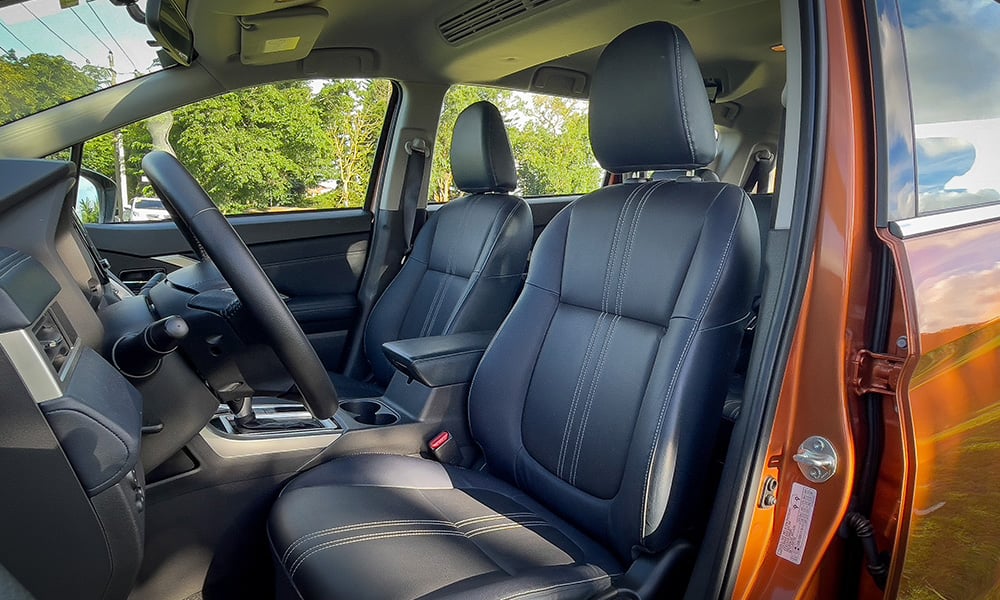
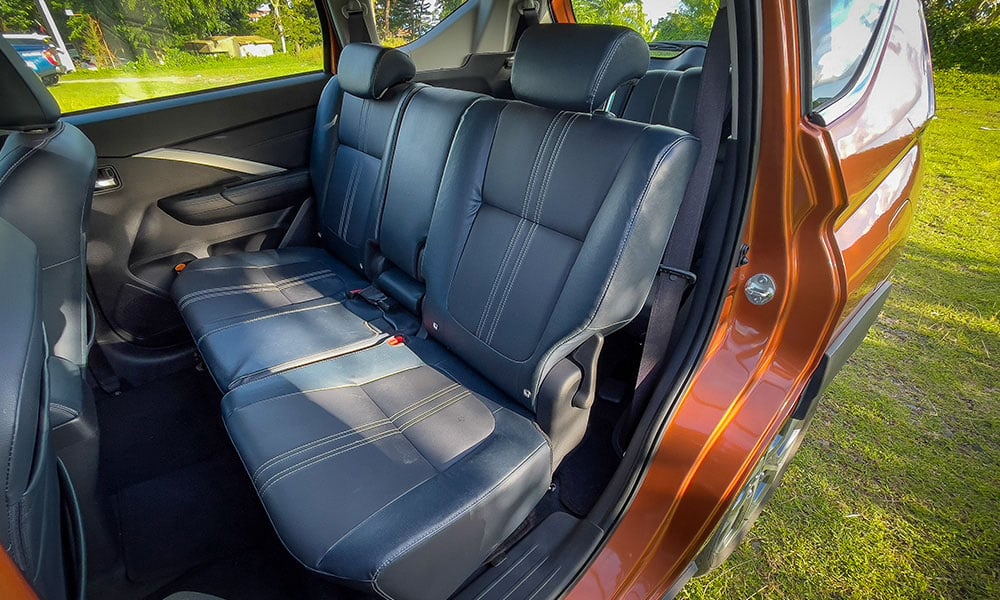
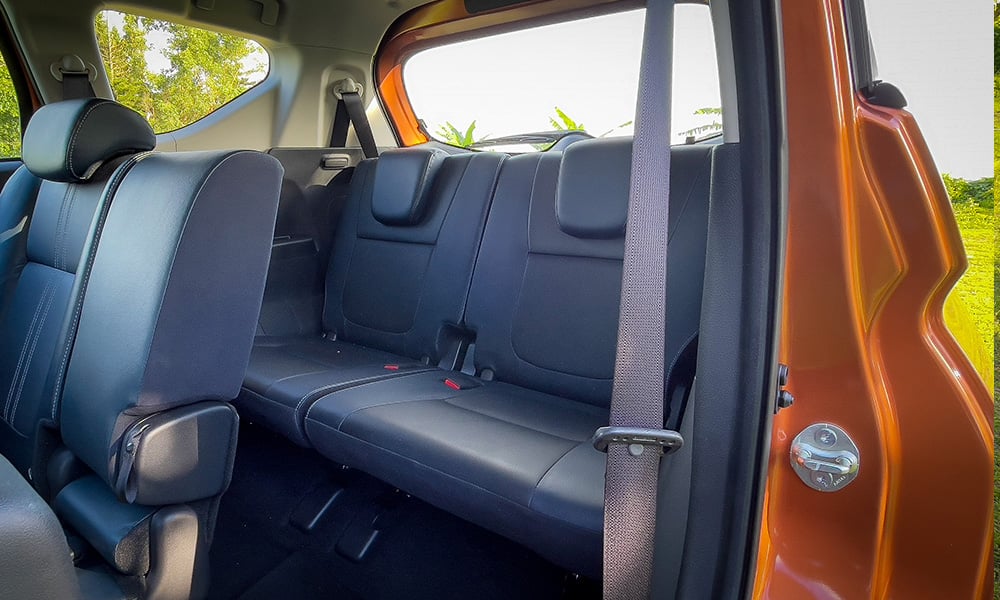
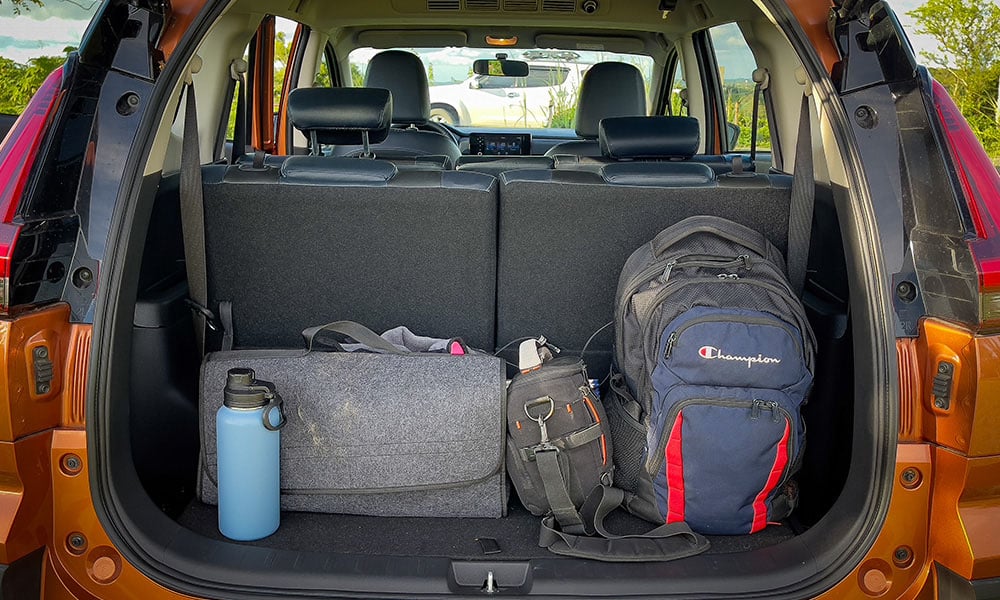
Make no mistake about it: The new Xpander Cross, no matter how little upgrades it got, is still a very good vehicle. It sells well in our market for a reason. It still can hold its ground against the competitors despite its age. It is that excellent as evidenced by MMPC’s sales figures.
It’s just that the Xpander Cross has spoiled us with its brilliance that it left us wanting so much more. That’s why even if it can still slug it out with its peers, Mitsubishi can’t just rest on its laurels.
To be fair, we believe that an all-new model is in the works. But for now, what they are offering is a commendable seven-seat MPV that’s still worth your consideration.
MITSUBISHI XPANDER CROSS
| Engine | 1.5-liter four-cylinder gasoline |
| Transmission | 4-speed automatic |
| Power | 103hp @ 6,000rpm |
| Torque | 141Nm @ 4,000rpm |
| Dimensions | 4,595mm x 1,790mm x 1,750mm |
| Drive layout | FWD |
| Seating | 7 |
| Price | P1,328,000 |
| Upside | Good rugged styling. A familiar and reliable all-around vehicle for its intended purpose. |
| Downside | A little too expensive for the things that you get. |

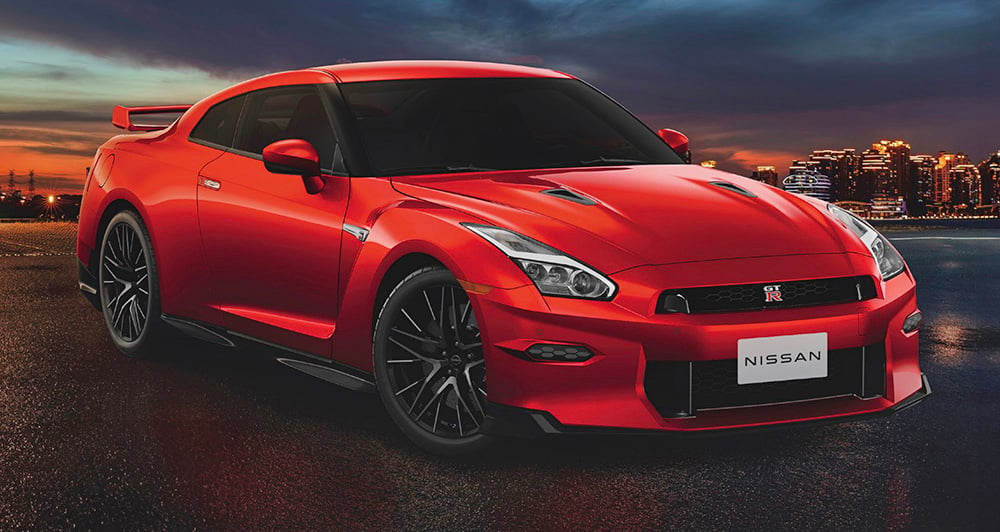
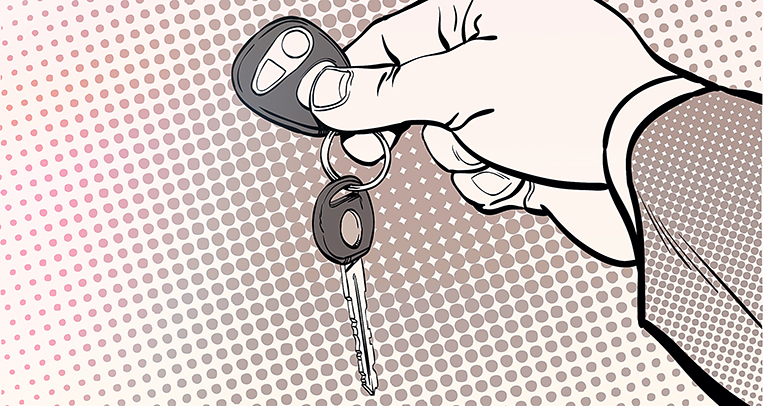

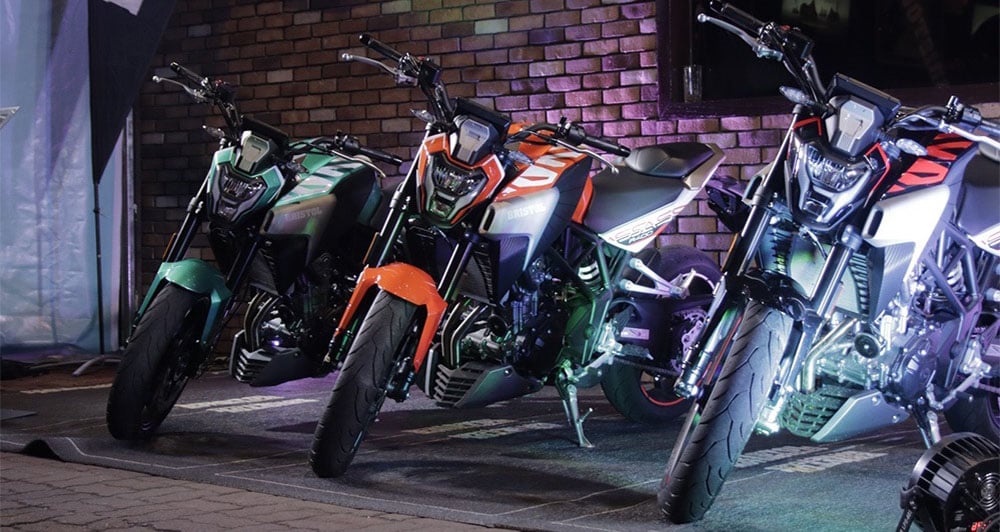
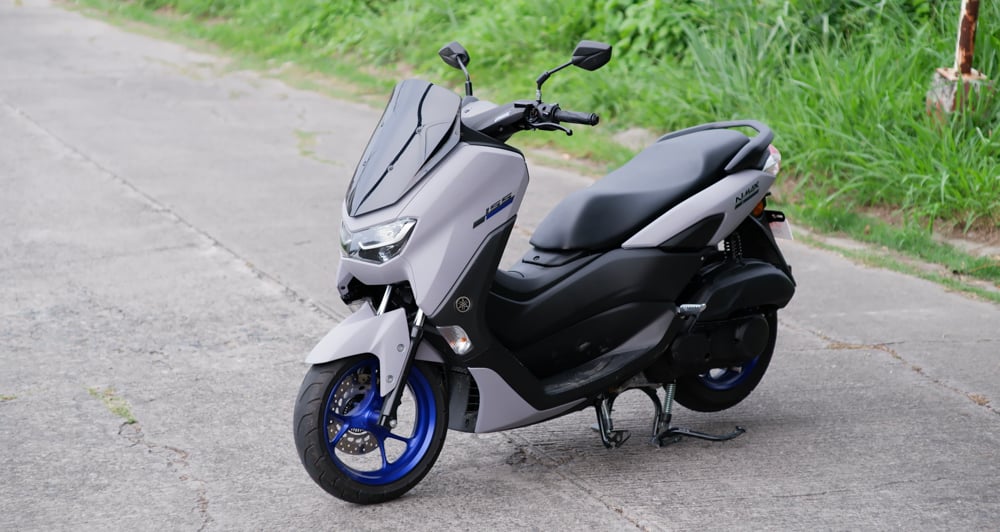
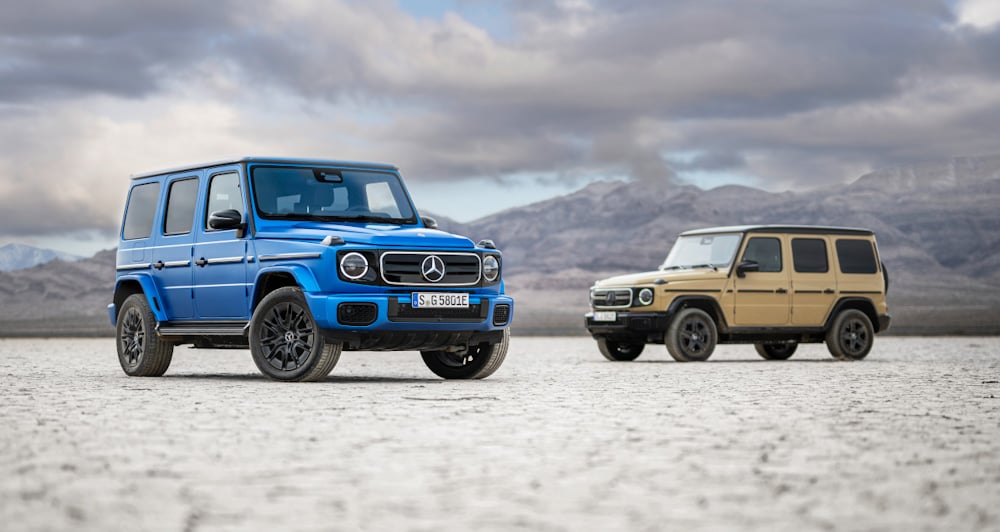
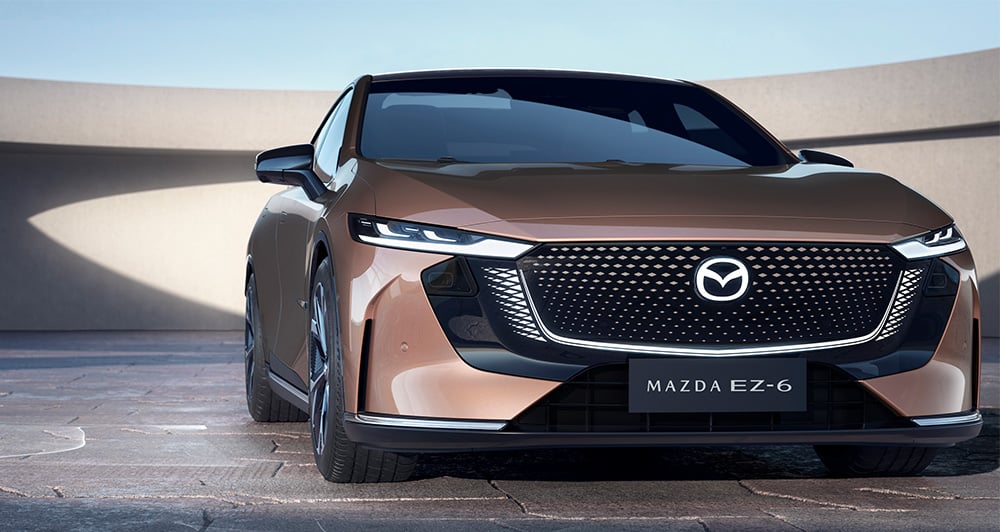

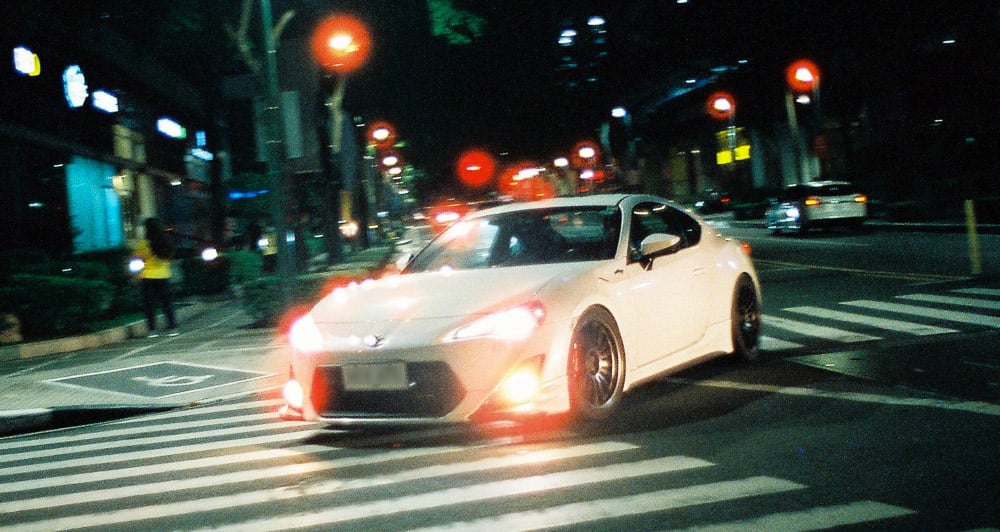
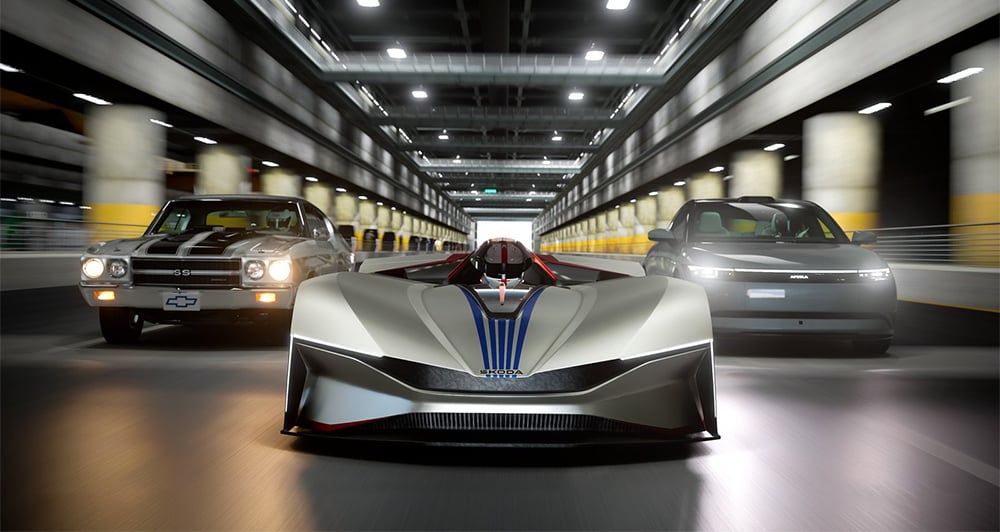
Comments